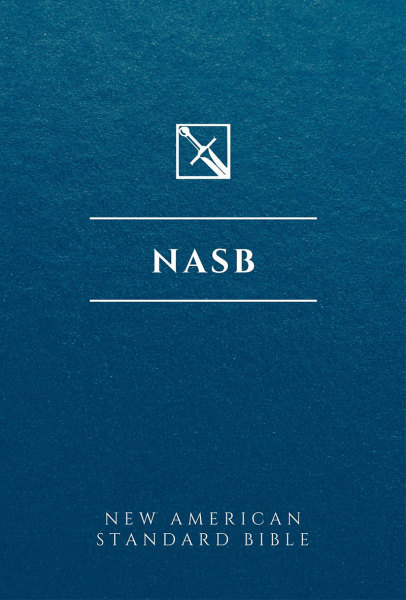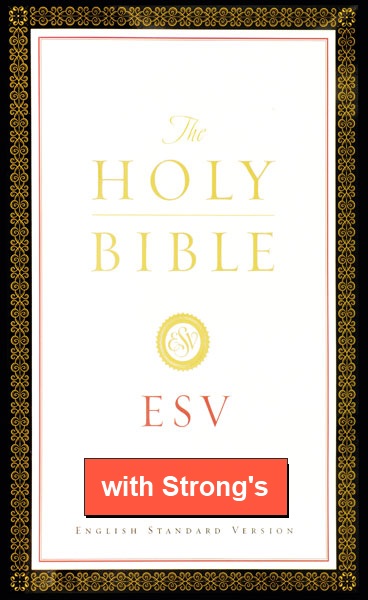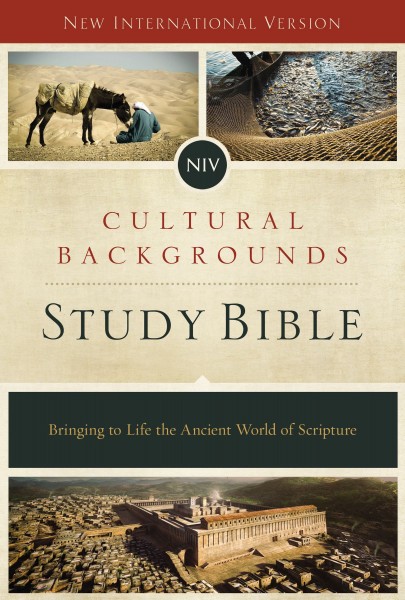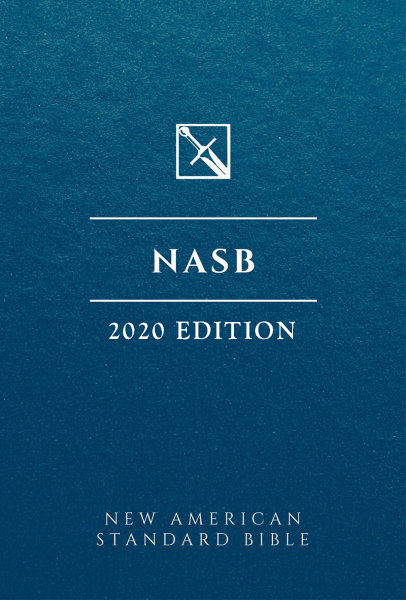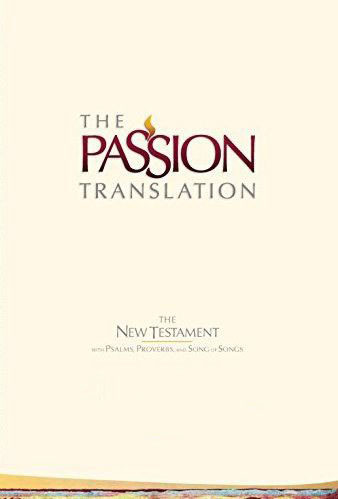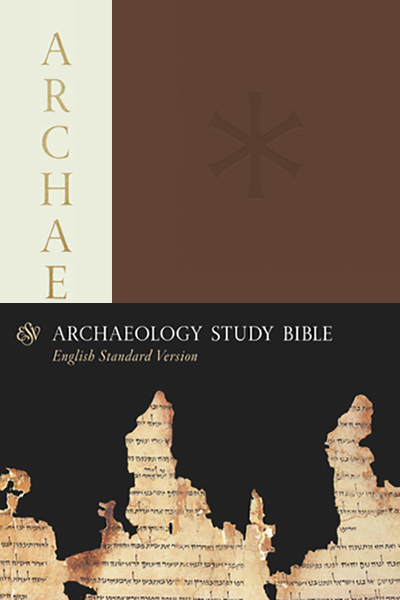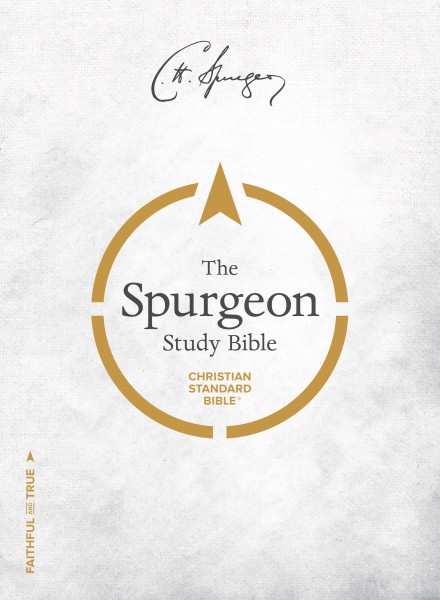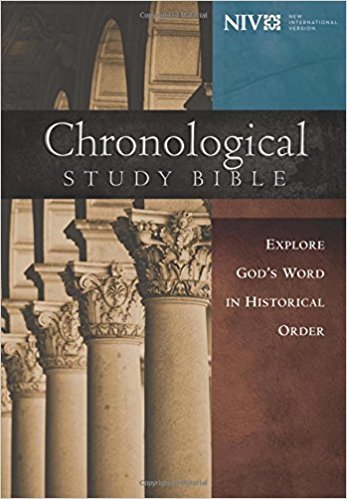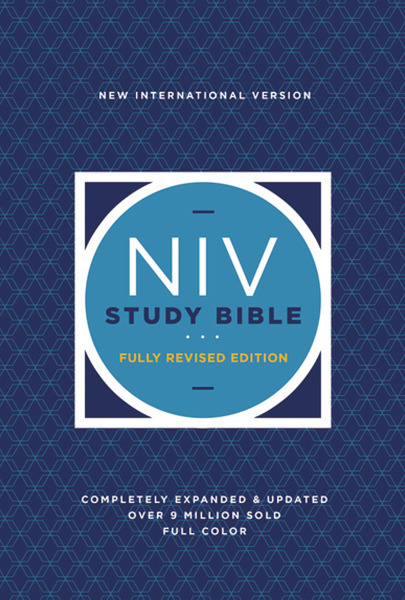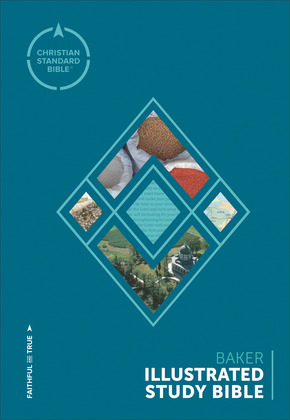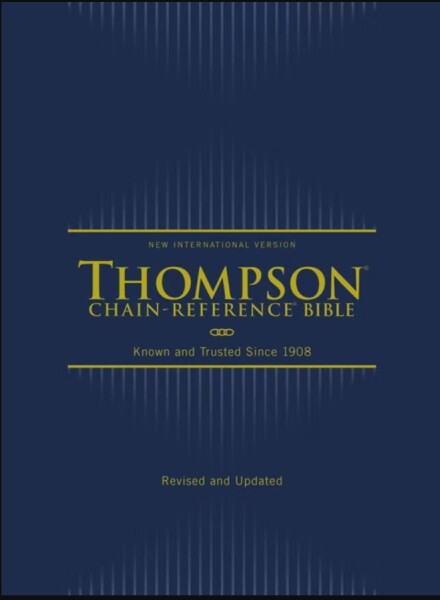

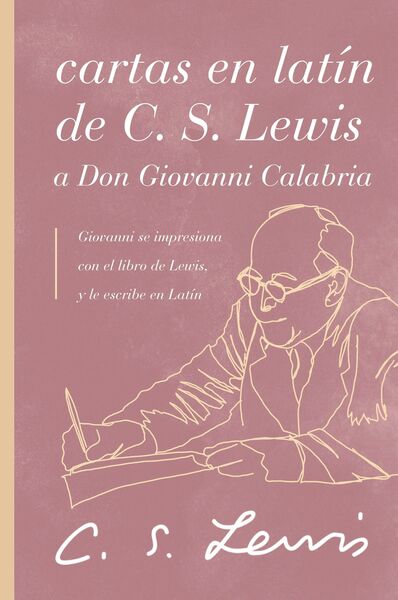

Aficionados de C.S Lewis disfrutaran de este gran trabajo histórico con comentarios sobre cartas entre grandes eclesiásticos en temas de divinidad, guerras, la iglesia y oraciones.
En septiembre de 1947, tras leer Cartas del diablo a su sobrino, el padre Giovanni Calabria se sintió impulsado a escribirle al autor, pero no sabía inglés, de modo que lo hizo en latín. Así comenzó una correspondencia que sobreviviría al propio padre Calabria (murió en diciembre de 1954 y le sucedió en la correspondencia el padre Luigi Pedrollo).
El traductor y editor Martin Moynihan califica estas cartas de “límpidas, fluidas y profundamente refrescantes. También poseen un gran encanto, sobre todo por la forma en que se inician y concluyen, es decir, por los variopintos formalismos que se emplean para presentarlas o para despedirse”.
Las Cartas en latín de C. S. Lewis y Don Giovanni Calabria muestran, más que otras de sus publicaciones, la fuerte faceta devocional de Lewis y contienen temas que van desde la unidad de los cristianos y la historia moderna de Europa hasta la liturgia y el comportamiento ético general. Además, adquieren a menudo un carácter íntimo y personal.
The Latin Letters of C.S. Lewis and Don Giovanni Calabria
Fans of C.S. Lewis will enjoy this great historical work with commentaries on letters between great ecclesiastics on the subjects of divinity, war, the church and prayer.
In September 1947, after reading C.S. Lewis’s The Screwtape Letters in Italian, Fr. (now St.) Giovanni Calabria was moved to write the author, but he knew no English and assumed (rightly) that Lewis knew no Italian. So, he wrote his letter in Latin, hoping that, as a classicist, Lewis would know Latin. Therein began a correspondence that was to outlive Fr. Calabria himself (he died in December 1954, and was succeeded in correspondence by Fr. Luigi Pedrollo, which continued until Lewis’s own death in 1963).
Translator/editor Martin Moynihan calls these letters “limpid, fluent and deeply refreshing. There was a charm about them, too, and not least in the way they were ‘topped and tailed’ — that is, in their ever-slightly-varied formalities of address and of farewell.”
More than any other of his published works Latin Letters of C.S. Lewis and Don Giovanni Calabria shows the strong devotional side of Lewis and contains letters ranging from Christian unity and modern European history to liturgical worship and general ethical behavior.

